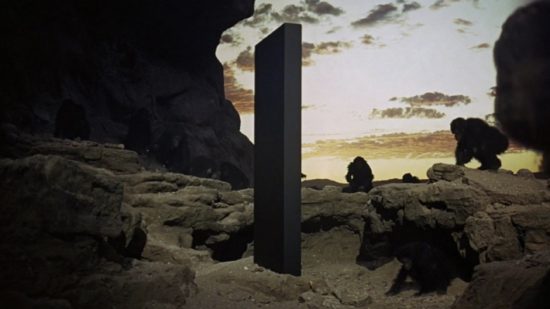A couple of months ago, we gushed over the novelty of teeny-tiny mini-ITX systems, which is fine if that’s what you want, but for me, big cases are simply better. Few people remember mini-ITX cases years after their release, yet you might remember big ATX cases, such as the SilverStone TJ07, Chieftec Dragon, Cooler Master Stacker and even a personal favourite that I will forever regret throwing out – the YY Cube.
I currently own a Corsair 900D, which sits somewhere between large and huge in today’s size range. It uses less desk space than even the smallest mini-ITX case, because it has to sit on the floor. And while it’s on the floor, it’s so tall it does double duty as my armrest. Such convenience! Thanks to the CPU fans exhausting out the roof vent, it’s both comfortable and warming, although it does also exhaust hot air directly onto my right arm while gaming.
Big cases are built like tanks, and this one has lasted years. If you knock your chair into it, this hulk of a case just shrugs it off. A few scratches don’t matter really – they just add character!
Should I be the unfortunate victim of a burglary, it’s so heavy, no one will ever be able to steal it, whereas a tiny, attractive mini-ITX system could be thrown under the arm and never seen again. Even if I do want to move it, I could drill some holes in the case, slap some wheels on it and roll it around. I’m thankful that my tiny flat doesn’t have stairs though.
Obvious gags aside, the best benefit of big cases is that you can put any hardware into them. If you see a great deal on an upgrade at any time, you can get it and not worry about whether or not it will fit in your PC.
You can use the extra PCI-E slots on an ATX board for a sound card and 10G network card without having to buy a premium motherboard. I have an Optane SSD that sits in a 4x PCI-E slot too. All this gear can be migrated to the next upgrade, without having to worry about whether a motherboard manufacturer will decide to keep a feature in its next range of mini-ITX offerings.
Similarly, I don’t need a degree in fluid dynamics to cool my hardware properly – I can just whack six fans in the case. Admittedly, the 900D isn’t great at cooling out of the box, and it’s easy to see why Corsair launched an ‘airflow’ version, but another benefit of its size is that I’ve been easily able to tweak its cooling design without much effort.
The 900D is also old by today’s standards, and its support for a dozen 3.5in hard drives is no longer necessary, but that’s just given me another layer of modding potential. In the past year, I threw away all the cages and there’s now so much space, I could fit an additional mini-ITX system inside this case, as well as the ATX system.
While the challenge of building a mini-ITX PC is enamouring, I say embrace bigness for versatility. You’ll keep going back to it with more ideas. There’s no need to constrain your options when you have space for all the gear you might need.
For a different perspective, check out Antony Leather’s thoughts on why mini-ITX PC cases are the be all and end all.
